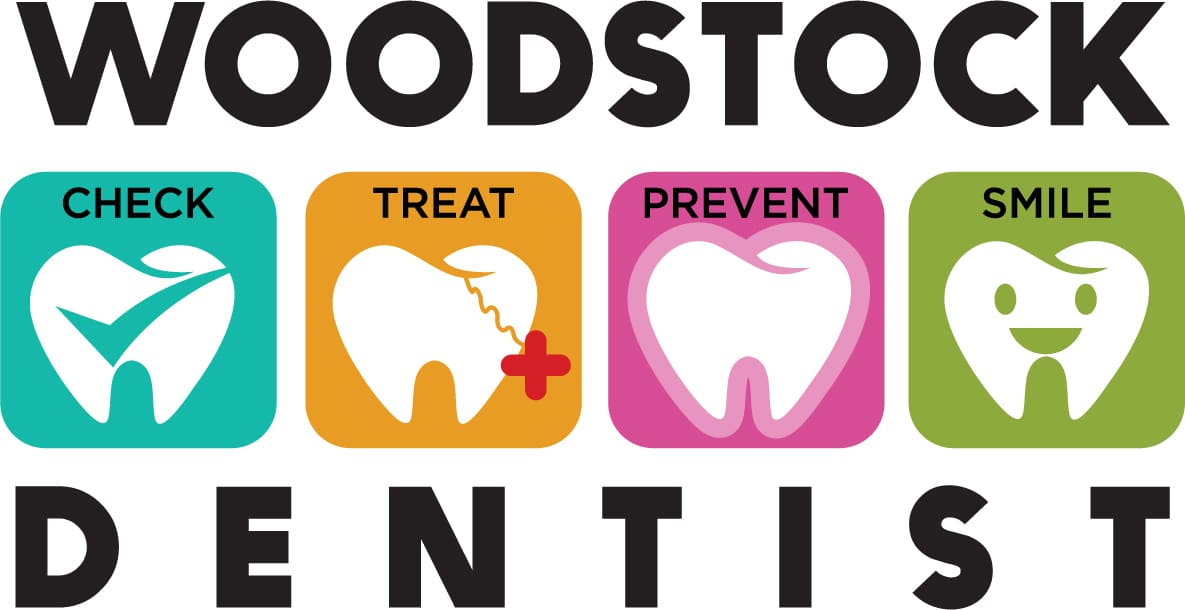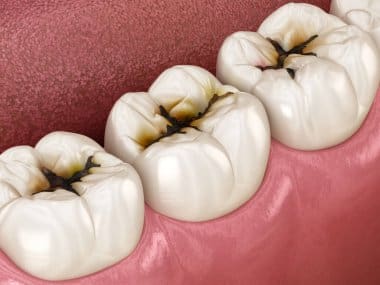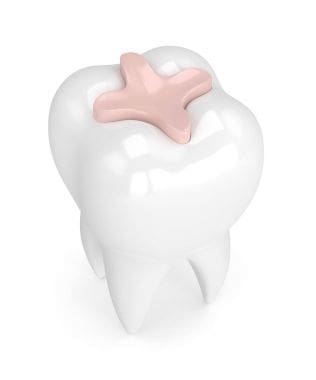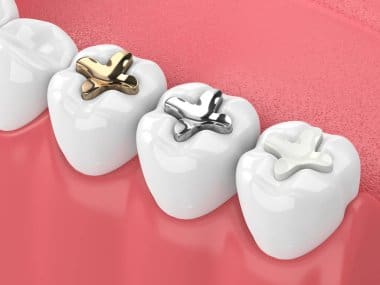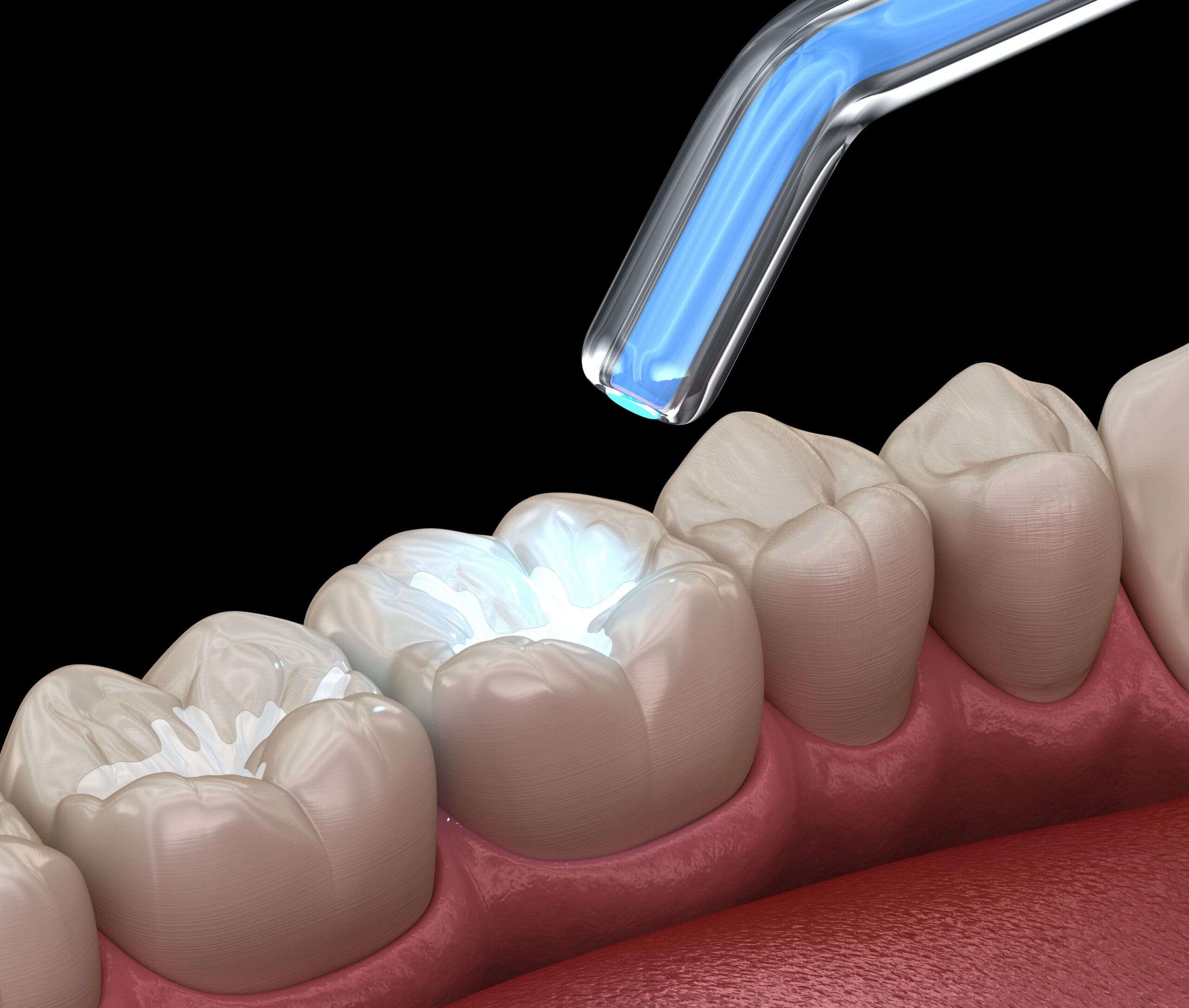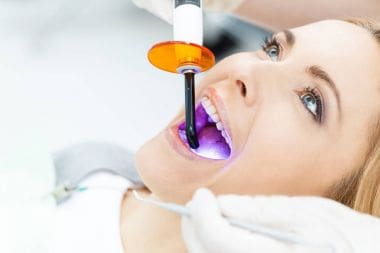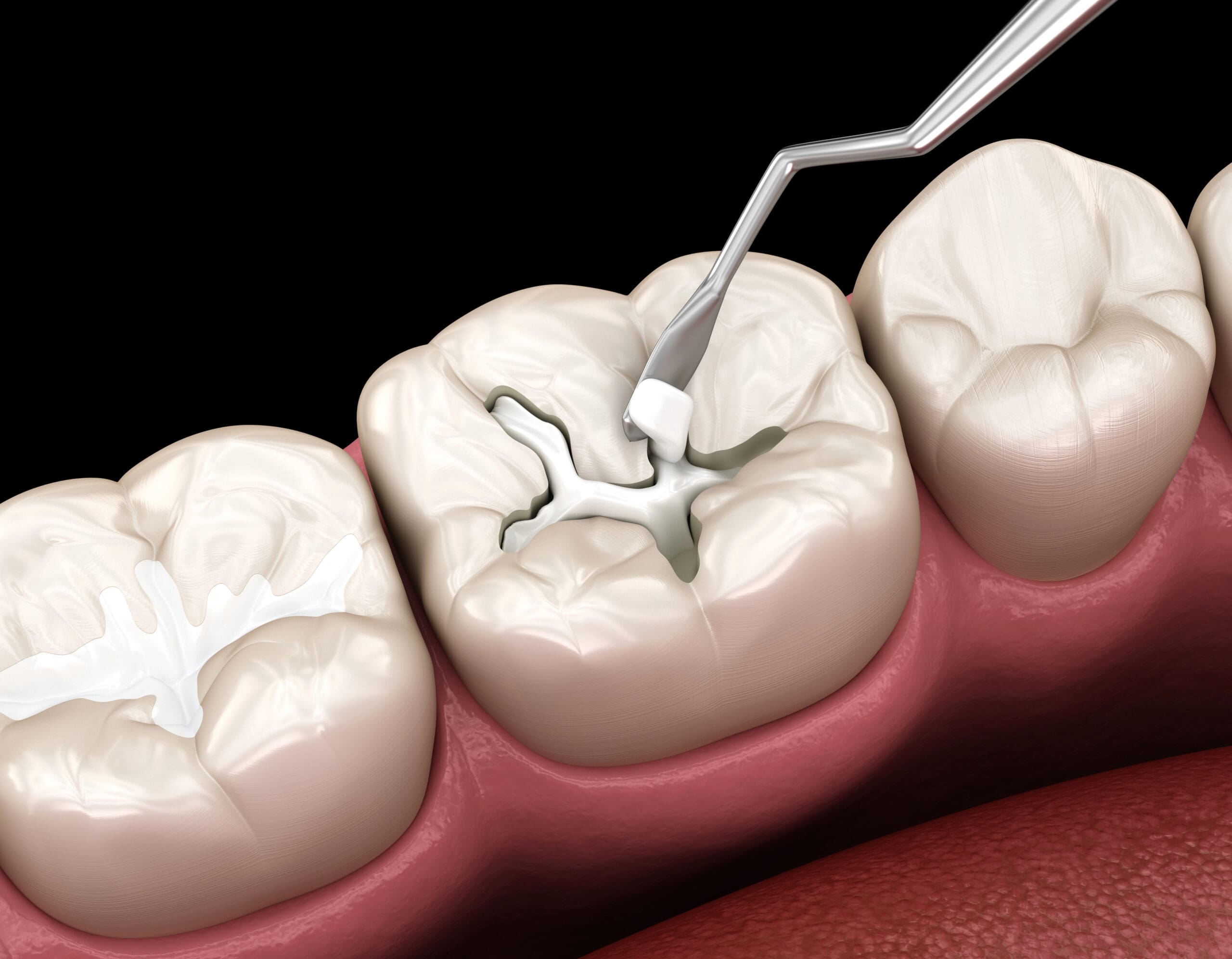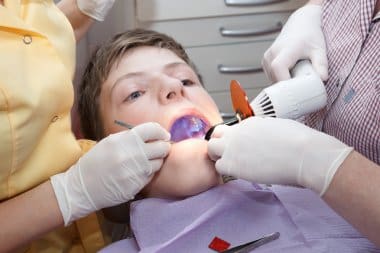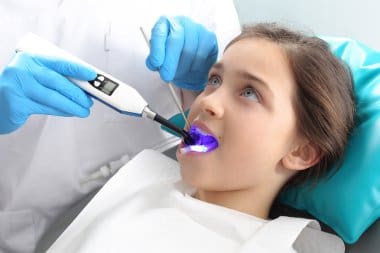Are you searching for “dental sealants near me” to protect those hard-to-reach molars? Dental sealants act as a protective shield, preventing decay by covering the grooves and crevices of your teeth. They are especially beneficial for children and teenagers who are more prone to cavities.
Dental sealants near me
Understanding Dental Sealants Basics
Dental sealants near me are a thin, protective coating applied to the chewing surfaces of the back teeth, primarily the molars and premolars. These sealants act as a barrier, protecting enamel from plaque and acids. The application process is quick and painless, making it an effective preventive measure for maintaining oral health. Sealants are particularly beneficial for children and teenagers, as their newly erupted permanent teeth are most susceptible to cavities.
The effectiveness of dental sealants near me lies in their ability to cover the grooves and depressions in the teeth where food particles and bacteria often accumulate. By sealing these areas, the risk of decay is significantly reduced. For those interested in learning more about cost-effective options, consider exploring Affordable Dental Sealants: Prevent Cavities Without High Costs.
Dental sealants near me
The benefits of molars protection are numerous, especially when it comes to maintaining oral health. Dental sealants act as a protective shield for the hard-to-reach molars, effectively preventing food particles and bacteria from settling into the grooves and pits of the teeth. This barrier helps in reducing the risk of cavities and tooth decay, ensuring that your molars remain strong and healthy over time.
By opting for dental sealants, individuals can enjoy peace of mind knowing that their molars are safeguarded against potential dental issues. This preventive measure is particularly beneficial for children and teenagers, whose developing teeth are more susceptible to decay. For those interested in learning more about this protective solution, visit our page on Dental Sealants Woodstock to explore how dental sealants near me can contribute to long-term oral health.
How Sealants Work on Teeth
Dental sealants act as a protective barrier for teeth, particularly the molars and premolars, which are prone to decay due to their grooved surfaces. These sealants are thin coatings applied to the chewing surfaces of the back teeth, effectively sealing out food particles and bacteria that can lead to cavities. By creating a smooth surface over the pits and fissures, sealants make it easier to maintain oral hygiene and reduce the risk of tooth decay. This preventive measure is especially beneficial for children and teenagers, whose newly erupted permanent teeth are most vulnerable to cavities.
Exploring Sealant Application Process
The application process for dental sealants is a straightforward procedure that involves cleaning the teeth, applying an acidic gel to roughen the surface, and then painting the sealant onto the grooves of the molars. This protective layer hardens quickly, forming a barrier against decay in those hard-to-reach areas. When searching for “dental sealants near me,” understanding this process can help you appreciate how these sealants serve as a shield for your teeth. For more information, you might consider visiting a Woodstock Dentist to learn more about dental care options.
Sealants and Oral Health Connection
Dental sealants near me play a crucial role in maintaining oral health by providing a protective barrier over the grooves and depressions of molars, which are often hard to clean thoroughly with regular brushing. This barrier helps prevent food particles and bacteria from settling in these areas, reducing the risk of cavities and tooth decay. By effectively sealing these vulnerable spots, dental sealants contribute to a healthier mouth and support overall oral hygiene efforts.
Common Myths About Sealants
When searching for “dental sealants near me,” it’s important to be aware of common myths that can lead to misconceptions about their effectiveness and purpose. One prevalent myth is that dental sealants are only for children, when in fact, they can benefit adults as well. Another misconception is that sealants are unnecessary if you maintain good oral hygiene, but they actually provide an additional layer of protection for hard-to-reach molars. Some people also believe that sealants are a substitute for regular dental care, which is not true, as they are meant to complement routine dental practices. Understanding these myths can help in making informed decisions about oral health.
Sealants for Children and Adults
Dental sealants are a versatile solution for both children and adults, providing a protective barrier against cavities in hard-to-reach molars. When searching for “dental sealants near me,” it’s important to understand that these sealants act as a shield, safeguarding teeth from decay by sealing the grooves and crevices where food particles and bacteria often accumulate. This preventive measure is beneficial for individuals of all ages, ensuring long-term oral health by reducing the risk of cavities in those difficult-to-clean areas.
Longevity of Dental Sealants
Dental sealants near me are designed to provide a durable protective barrier for molars, effectively safeguarding them from decay. These sealants can last several years, often enduring the wear and tear of daily chewing and brushing. While the longevity of dental sealants can vary based on individual oral habits and care, they generally offer a long-term solution for maintaining oral health. Regular dental check-ups can help monitor the condition of the sealants, ensuring they continue to serve as an effective shield for those hard-to-reach areas.
Comparing Sealants and Other Options
When considering dental sealants near me, it’s important to understand how they compare to other preventive measures for protecting molars. Dental sealants provide a protective barrier that helps shield teeth from decay, especially in hard-to-reach areas like the grooves of molars. While regular brushing and flossing are essential for oral hygiene, sealants offer an additional layer of defense. Other options, such as fluoride treatments, also play a role in maintaining dental health by strengthening enamel. Each method has its unique benefits, and understanding these can help in making informed decisions about oral care strategies.
Conclusion
Discover the benefits of dental sealants near me and protect your molars by calling 678-483-5999 or checking out our Google Maps reviews.
